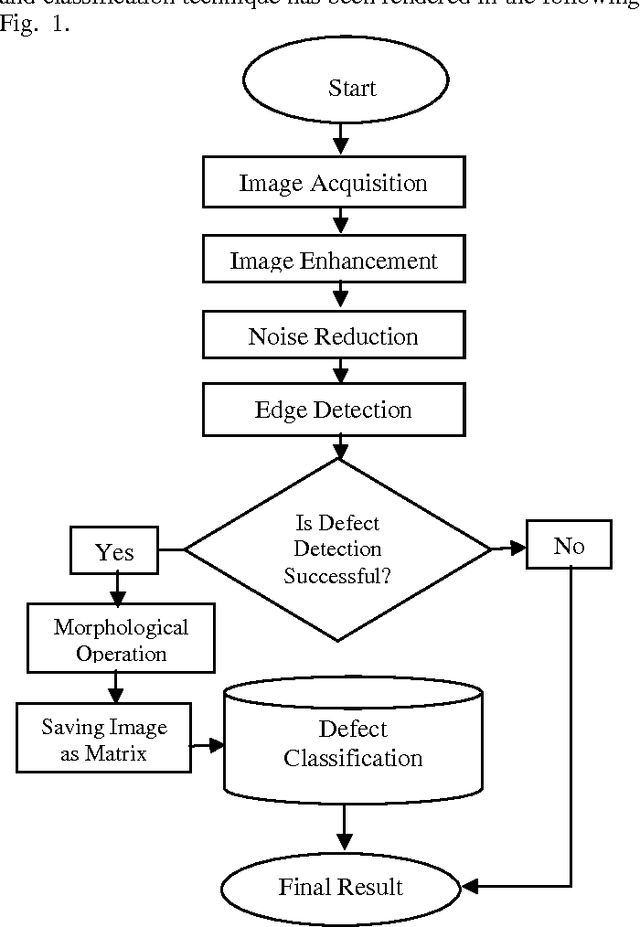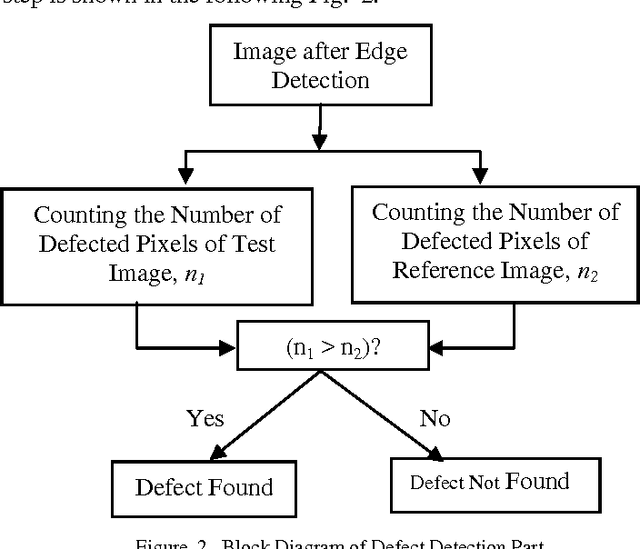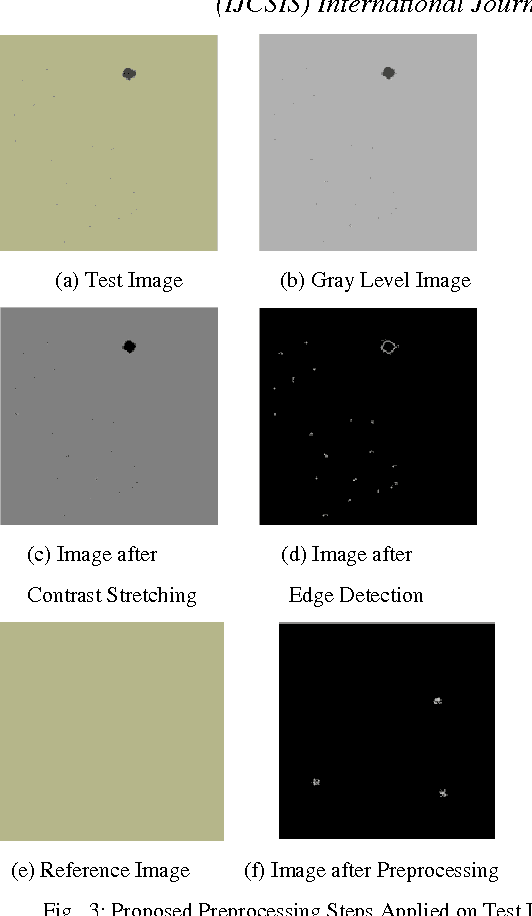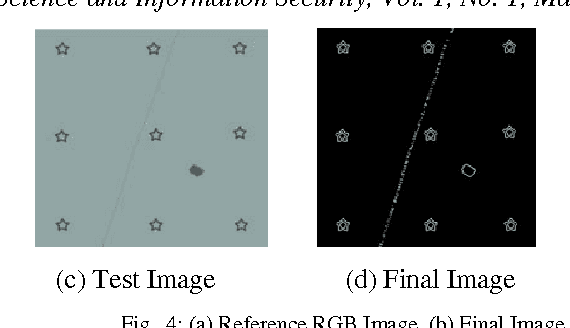Md. Mobarak Hossain
Emotional Expression Detection in Spoken Language Employing Machine Learning Algorithms
Apr 20, 2023Abstract:There are a variety of features of the human voice that can be classified as pitch, timbre, loudness, and vocal tone. It is observed in numerous incidents that human expresses their feelings using different vocal qualities when they are speaking. The primary objective of this research is to recognize different emotions of human beings such as anger, sadness, fear, neutrality, disgust, pleasant surprise, and happiness by using several MATLAB functions namely, spectral descriptors, periodicity, and harmonicity. To accomplish the work, we analyze the CREMA-D (Crowd-sourced Emotional Multimodal Actors Data) & TESS (Toronto Emotional Speech Set) datasets of human speech. The audio file contains data that have various characteristics (e.g., noisy, speedy, slow) thereby the efficiency of the ML (Machine Learning) models increases significantly. The EMD (Empirical Mode Decomposition) is utilized for the process of signal decomposition. Then, the features are extracted through the use of several techniques such as the MFCC, GTCC, spectral centroid, roll-off point, entropy, spread, flux, harmonic ratio, energy, skewness, flatness, and audio delta. The data is trained using some renowned ML models namely, Support Vector Machine, Neural Network, Ensemble, and KNN. The algorithms show an accuracy of 67.7%, 63.3%, 61.6%, and 59.0% respectively for the test data and 77.7%, 76.1%, 99.1%, and 61.2% for the training data. We have conducted experiments using Matlab and the result shows that our model is very prominent and flexible than existing similar works.
Automatic Defect Detection and Classification Technique from Image: A Special Case Using Ceramic Tiles
Jun 20, 2009



Abstract:Quality control is an important issue in the ceramic tile industry. On the other hand maintaining the rate of production with respect to time is also a major issue in ceramic tile manufacturing. Again, price of ceramic tiles also depends on purity of texture, accuracy of color, shape etc. Considering this criteria, an automated defect detection and classification technique has been proposed in this report that can have ensured the better quality of tiles in manufacturing process as well as production rate. Our proposed method plays an important role in ceramic tiles industries to detect the defects and to control the quality of ceramic tiles. This automated classification method helps us to acquire knowledge about the pattern of defect within a very short period of time and also to decide about the recovery process so that the defected tiles may not be mixed with the fresh tiles.
* 9 pages, International Journal of Computer Science and Information Security
 Add to Chrome
Add to Chrome Add to Firefox
Add to Firefox Add to Edge
Add to Edge